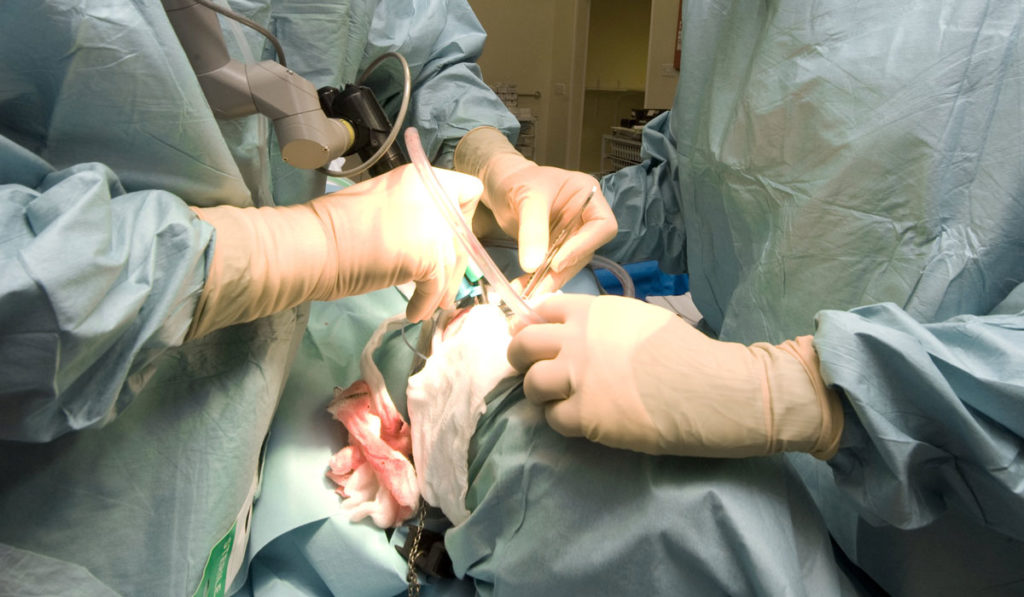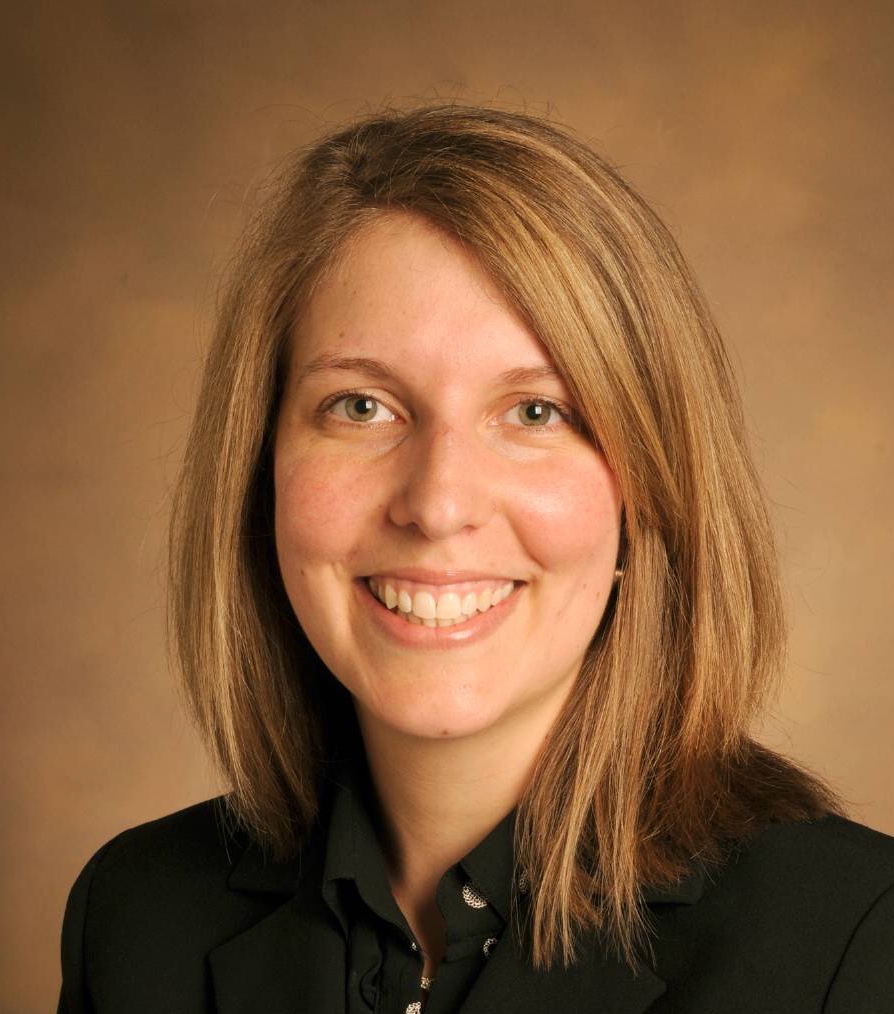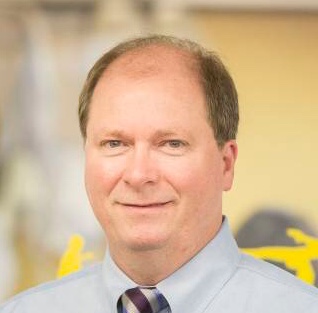For patients who have locally invasive oral cancer with bony and mucosal defects, surgical options are generally very good. With a well-executed resection and free flap reconstructive procedure, there are excellent survival rates and recovery of jaw function. However, the typical surgical approaches—harvesting a free flap from the fibula or scapula—carry higher morbidity risks than a radial graft.
An alternative approach, osteocutaneousradial forearm free flap (OCRFFF) harvest, offers a way to lower donor site morbidity for appropriate patients, says head and neck cancer surgeon Sarah Rohde, M.D., of Vanderbilt University Medical Center. Rohde is investigating the safety and efficacy of the OCRFFF harvest technique in extending applications for radial bone graft. In a forthcoming publication, Rohde and colleagues will share their findings that fracture risk—the primary deterrent for surgeons in considering radial grafts—can be virtually eliminated.
“We knew if we could spare the fibula or scapula, patients would recover more quickly.”
“We realized the need for expanded use of radial free flaps because patients were having leg problems after the fibula surgery. Resecting scapula bone can also be hard to recover from because it disrupts the rotator cuff,” Rohde said. “We knew if we could spare the fibula or scapula, patients would recover more quickly.”
Decisive Results
In a retrospective study, the research team looked at 102 Vanderbilt patients (51 men and 51 women) over seven and one-half years. 58.5 percent were over 65 and 64.9 percent had a positive previous smoking history. All patients underwent OCRFFF, with harvested radial bone length ranging from 5.5 to 15 cms. Two-thirds had 9.9 cms or more harvested, with a median of 9 cms. In 69 cases, 50 percent or more of the radial width was taken; in one case, this was 60 percent.
None of the patients experienced postoperative donor site fracture during the 21-month median follow-up. There were no increased risks of donor site pain, skin graft breakdown/tendon exposure or donor site infection.
“We were able to show that with collaboration and the careful application of technique, OCRFFF of up to 15 cms and 60 percent of radial bone is a safe option,” Rohde said.
Right Angle Technique
Surgeons commonly use beveled or boat-shaped cuts to minimize risks of overcutting or overlapping right angle cuts. However, “by paying careful attention to anatomic landmarks along the radius, these pitfalls can be avoided,” said Douglas Weikert, M.D., a hand surgeon who works with Rohde. “The osteotomies we reference in the study enabled use of the entire length of the harvested bone without adverse consequences.”
While traditional cuts limit harvested bone to about 8 cms, Weikert routinely grafts bone stocks longer than 9 cms, with edges that form a stronger interface between graft and host bones. Depth is also achieved to 50 percent of radial width by making cortical cuts along the mid-portion of the radius bone.
“What distinguishes this osteotomy is the way the cuts are performed separately along the volar and dorsal cortices at the midportion of the bone. We find by following specific steps, we can create the 90 degree cuts that enable solid graft interfaces without jeopardizing the ability of the plated arm to withstand normal stressors,” Weikert said.
Shorter Surgeries, Improved Outcomes
Today Vanderbilt’s head and neck surgery team performs about 80 of these OCRFFF procedures a year. “Before this technique, I used bony radial flaps once or twice a year. Now I use them about 20 times a year,” Rohde said.
The benefits to multidisciplinary OCRFFF are broad. Operative time is shorter through concurrent resection and harvest, thereby reducing anesthetics and lowering costs. Patients are mobile sooner, with lower risks of complications. “We can also better serve patients with a large body habitus, who are poorer candidates for scapula or fibula free flap harvesting,” Rohde said.
Because the skin paddle of the radial forearm flap Is consistently thin and pliable, it makes an ideal graft. By achieving tight, strong seams at the implant site, patients have strong jaw function and achieve optimal cosmesis. “You can look at some patients and not even be able to tell they’ve had surgery,” Rohde said.






